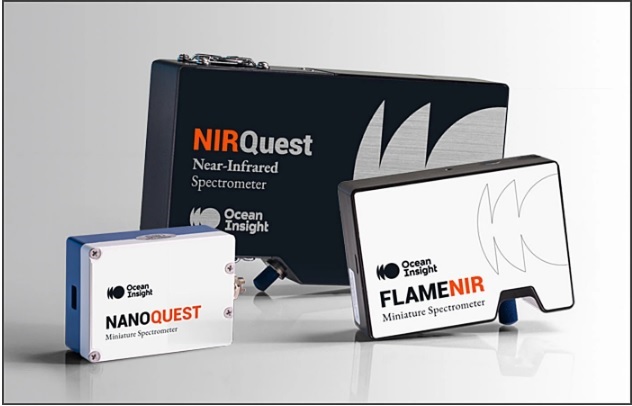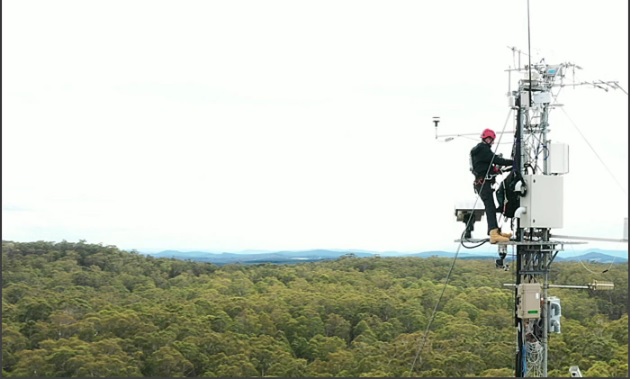ocean insight 2020 oct 海洋nir光譜儀
圖片可點致原廠連結

- 產品說明 (點擊展開觀看)
-
Explore Our NIR Spectrometers
Explore Our NIR Spectrometers
NIRQuest+ NanoQuest Flame-NIR Type: InGaAs array (cooled) FT-IR device w/Michelson interferometer on a MEMS-based chip
InGaAs array (uncooled) Wavelength range: 900-2500 nm 1350-2500 nm 950-1650 nm Options: NIRQuest+1.7 (900-1700 nm w/25 µm slit)
NANOQ-2.5 (1350-2500 nm w/8.0 or 16.0 nm FWHM optical resolution) FLAME-NIR-INTSMA25 (950-1650 nm w/25 µm slit) NIRQuest+2.2 (900-2200 nm w/25 µm slit)
NIRQuest+2.5 (900-2500 nm w/25 µm slit)
Key features: Enhanced optical bench and aperture design Ultra-compact footprint; wider spectral range than most shortwave IR instrumentation
Low power consumption; replaceable slits; minimal unit-to-unit variability Benefits: Higher sensitivity and lower limits of detection (LOD) IR analysis attainable to integrators seeking affordable alternative to most instruments
Easily integrated into handheld or portable instrumentation Compatibility with accessories: Yes Yes; also available are special 400 µm fiber (included w/purchase) and reflection probe (optional)
Yes Best for: Diffuse reflection measurements, low LOD absorbance measurements High-volume applications requiring an affordable, scalable unit Applications requiring a small-footprint instrument w/low unit-to-unit variability Applications: Moisture content of fruits and grains; plastics recycling; chemical concentration measurements
Product authentication; food characterization; chemical composition of biological samples
Identification of pharma ingredients; monitoring of hydrocarbon extraction; fat content of edible oils
Quick tip: Can be optimized for integration into your device or process; use Ocean Lab Services to test feasibility Not recommended for high resolution needs (e.g., laser characterization) or low light level applications
Can be purchased as part of a bundled system for diffuse reflectance measurements
Price: $$$$ $$ $$$
Helping Researchers Monitor Environmental Elements and Climate Conditions



